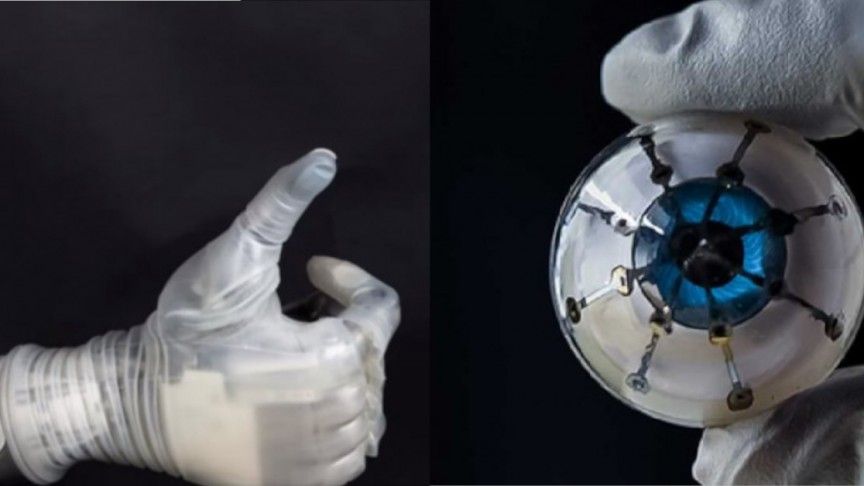The Pentagon is also looking at living camouflage, self-healing paint, and a variety of other applications of engineered organisms, but the basic science remains a challenge.
How do you detect submarines in an expanse as large as the ocean? The U.S. military hopes that common marine microorganisms might be genetically engineered into living tripwires to signal the passage of enemy subs, underwater vessels, or even divers.
It’s one of many potential military applications for so-called engineered organisms, a field that promises living camouflage that reacts to its surroundings to better avoid detection, new drugs and medicines to help deployed forces survive in harsh conditions, and more. But the research is in its very early stages, military officials said.









